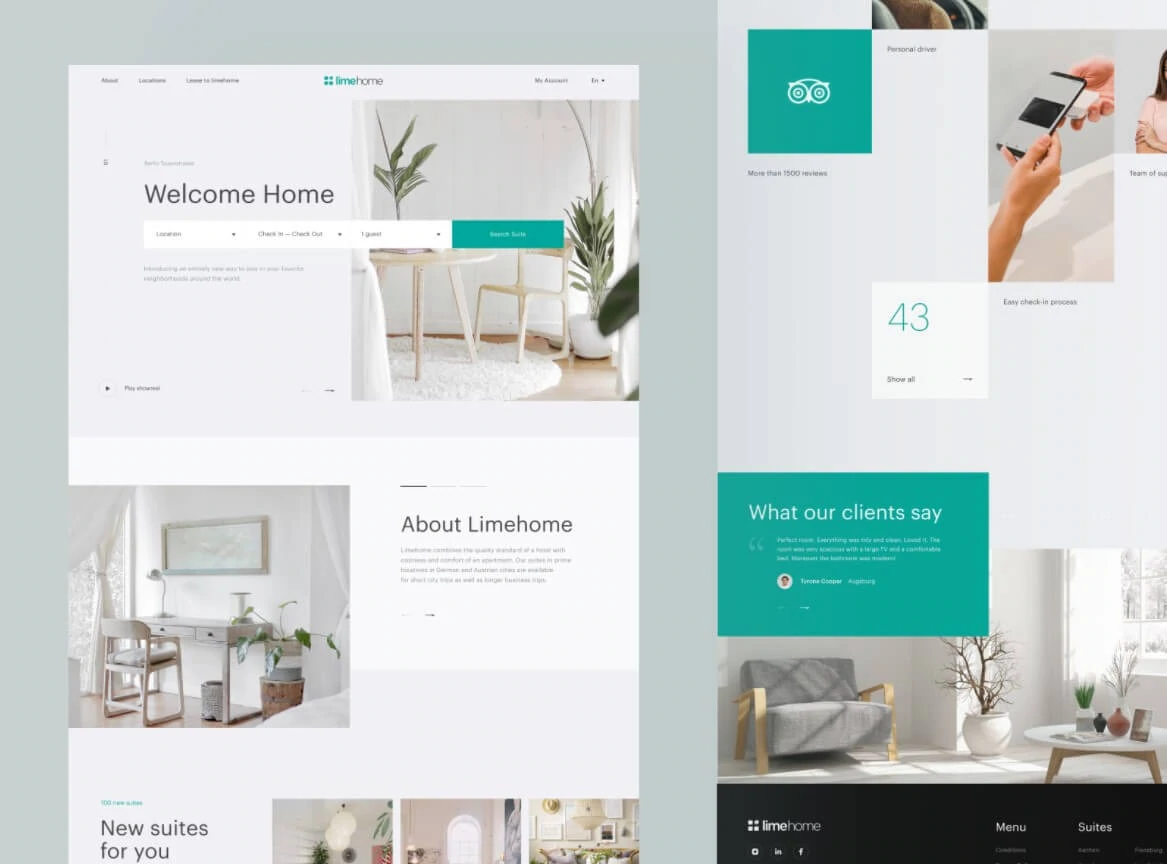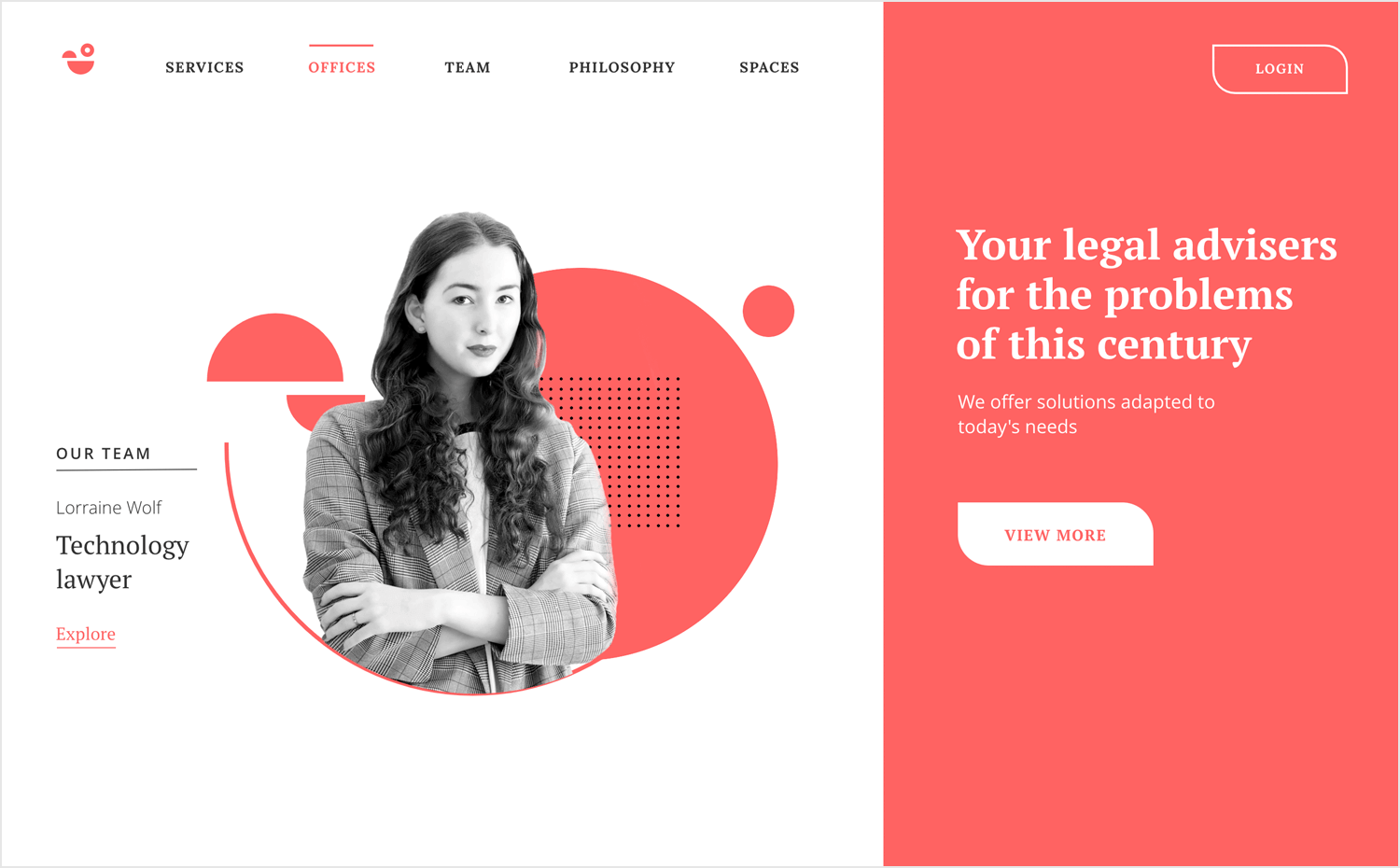Website Design Fundamentals for a Superior User Experience
Website Design Fundamentals for a Superior User Experience
Blog Article
Essential Principles of Site Design: Developing User-Friendly Experiences
By concentrating on customer requirements and preferences, developers can promote interaction and contentment, yet the effects of these principles expand past simple performance. Comprehending exactly how they intertwine can significantly impact a site's general efficiency and success, triggering a more detailed exam of their individual functions and collective impact on user experience.

Importance of User-Centered Design
Prioritizing user-centered style is essential for creating reliable web sites that fulfill the requirements of their target market. This strategy puts the user at the forefront of the layout process, guaranteeing that the website not just operates well but additionally reverberates with users on an individual level. By comprehending the customers' preferences, actions, and goals, designers can craft experiences that foster engagement and fulfillment.

In addition, embracing a user-centered layout philosophy can bring about improved accessibility and inclusivity, dealing with a varied audience. By thinking about various individual demographics, such as age, technological proficiency, and social backgrounds, developers can create websites that are welcoming and practical for all.
Eventually, prioritizing user-centered design not just boosts user experience however can likewise drive vital organization results, such as enhanced conversion rates and customer loyalty. In today's affordable digital landscape, understanding and focusing on individual demands is a critical success factor.
Intuitive Navigating Structures
Effective site navigating is typically an essential variable in improving individual experience. Instinctive navigating structures make it possible for individuals to locate information swiftly and successfully, lowering irritation and boosting interaction. A well-organized navigating menu ought to be basic, logical, and consistent throughout all web pages. This allows individuals to prepare for where they can locate details content, thus advertising a seamless browsing experience.
To develop intuitive navigation, designers need to prioritize clarity. Tags should be detailed and acquainted to individuals, staying clear of jargon or ambiguous terms. An ordered framework, with primary categories bring about subcategories, can additionally assist users in comprehending the connection between various areas of the site.
Additionally, integrating aesthetic hints such as breadcrumbs can lead individuals with their navigation course, allowing them to conveniently backtrack if required. The addition of a search bar likewise improves navigability, approving users direct accessibility to content without needing to browse with numerous layers.
Flexible and receptive Designs
In today's electronic landscape, guaranteeing that internet sites work perfectly across various gadgets is crucial for individual fulfillment - Website Design. Receptive and adaptive designs are two key methods that allow this capability, dealing with the varied array of display dimensions and resolutions that customers might encounter
Receptive designs employ liquid grids and flexible images, enabling the site to automatically readjust its components based on the screen measurements. This approach supplies a constant experience, where material reflows dynamically to fit the viewport, which is especially helpful for mobile customers. By using CSS media inquiries, designers can create breakpoints that enhance the design for different gadgets without the demand for separate styles.
Flexible formats, on the other hand, utilize predefined layouts for certain display dimensions. When a user accesses the website, the web server discovers the gadget and serves the appropriate format, making sure an enhanced experience for varying resolutions. This can result in faster packing times and enhanced efficiency, as each format is customized to the gadget's capabilities.
Both receptive and adaptive layouts are important for improving user engagement and satisfaction, eventually adding to the website's general performance in satisfying its purposes.
Constant Visual Hierarchy
Establishing a constant aesthetic hierarchy is crucial for directing users with a website's material. This concept guarantees that information is offered in a manner that is both appealing and intuitive, permitting individuals to quickly navigate and understand the material. A distinct power structure utilizes various design components, such as dimension, spacing, contrast, and color, to develop a clear difference between different sorts of web content.

Furthermore, constant application of these visual signs throughout the web site fosters familiarity and trust. Users can swiftly find out to look at this site recognize patterns, making their communications much more effective. Eventually, a solid aesthetic pecking order not just improves customer experience however also enhances overall site functionality, motivating much deeper engagement and assisting in the desired actions on a website.
Access for All Individuals
Ease of access for all individuals is an essential element of web site style that ensures every person, despite their abilities or impairments, can involve with and benefit from on the internet content. Designing with access in mind entails implementing techniques that accommodate varied customer needs, such as those with aesthetic, auditory, motor, or cognitive problems.
One crucial standard is to follow the Internet Material Ease Of Access Guidelines (WCAG), which provide a framework for creating easily accessible digital experiences. This includes using sufficient shade comparison, supplying message choices for pictures, and making sure that navigating is keyboard-friendly. Furthermore, utilizing responsive layout techniques makes sure that websites operate effectively throughout various tools and display sizes, additionally enhancing ease of access.
An additional critical element is the usage of clear, concise language that avoids jargon, making material understandable for all users. Involving users with assistive innovations, such as display viewers, requires careful interest to HTML semiotics and ARIA (Obtainable Rich Internet Applications) functions.
Ultimately, focusing you can check here on availability not just satisfies legal commitments yet additionally increases the target market reach, fostering inclusivity and enhancing customer satisfaction. A dedication to availability shows a devotion to developing fair electronic settings for all customers.
Conclusion
In conclusion, the important principles of web site layout-- user-centered style, instinctive navigation, responsive layouts, consistent aesthetic pecking order, and availability-- collectively contribute to the development of easy to use experiences. Website Design. By prioritizing user demands and making sure that all individuals can efficiently involve with the site, developers enhance use and foster inclusivity. These concepts not only improve user contentment however additionally drive positive organization results, ultimately showing the essential importance of thoughtful web site style in today's digital landscape
These methods provide vital insights right into user assumptions and discomfort points, allowing developers to tailor the website's attributes and content appropriately.Reliable website navigating is frequently a vital element in improving user experience.Establishing a regular visual pecking order is crucial for assisting customers with a web site's material. Ultimately, a solid visual hierarchy not just boosts user experience yet additionally boosts overall website functionality, motivating much deeper involvement and promoting the preferred actions on a website.
These principles not just improve user fulfillment but additionally drive positive organization end results, inevitably demonstrating the vital importance of thoughtful website design in today's electronic landscape.
Report this page